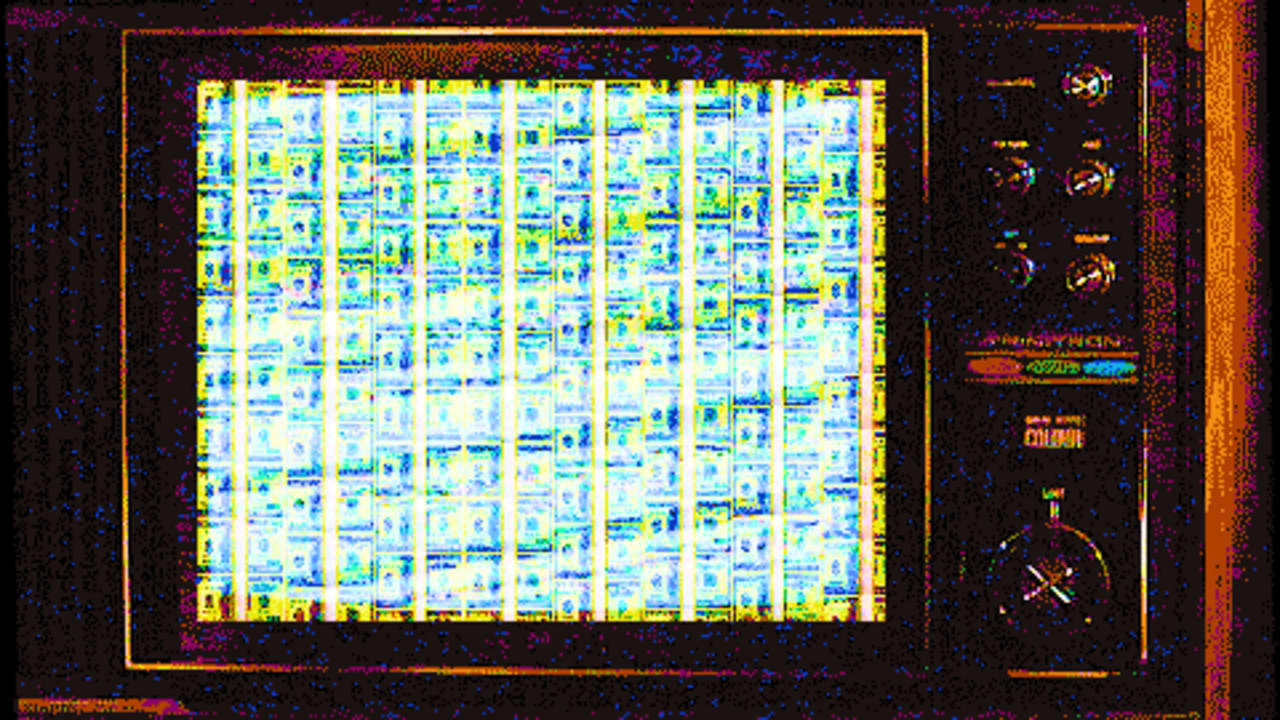[ad_1]

Every year, the most-watched sporting game in America shines a spotlight not just on the NFL, but also on how much big companies will pony up for 30 seconds in front of 100 million sets of eyeballs.
Their advertising dollars might be justified because the Super Bowl is, well, the Super Bowl of TV commercials. But what about the minor leaguers who didn’t make the prime-time slots? Those companies are paying for regular commercials, and they’d probably like to know how much bang they’re getting for their buck.
Turns out, a run-of-the-mill TV spot is getting a lot fewer eyeballs. Researchers at Cornell University would know—they literally tracked those eyeballs in 1,155 households, across 4 million TV ads, over the course of a year.
So, what did they find? Nearly a third of all commercials play to an empty room.
And when the rooms weren’t empty, viewers were doing everything they could to avoid actually watching the commercials. Strategies varied by age: Older viewers were more likely to switch to another channel, while millennial and Gen Z viewers turned their eyeballs to a completely different screen, checking their phones, tablets, laptops, or other screen-centric device. Or, they got up and left the room, which viewers, in general, were four times more likely to do than change the channel.
Whatever the behavior, those distinctions matter to the TV-spot industry. Currently, prices for brand advertisements are gauged via the Nielsen measure, which logs whether a commercial gets splashed across a screen—but there’s no way to know whether those commercials are making a splash with any potential viewers. In Nielsen numbers, a commercial broadcasting to an empty room costs the same as one with a rapt audience of 40 people. This also suggests, based on Cornell’s data, that many brands are overpaying.
Yet, it also explains why Super Bowl spots cost so much (up to a record $6.5 million, this year). Everybody’s in the room, nobody’s multitasking or channel surfing. The commercials are, in fact, part of the show. It’s the “Oscars for the advertising industry,” as Jura Liaukonyte, Cornell professor and lead author of the study, puts it. As for the ads in her study, they weren’t all created equal. Commercials for recreation like hunting, fishing, and casinos captured the most attention, while those for prescription drugs (especially for severe illnesses like Alzheimer’s, cancer, and bipolar disorder) had the worst effect. It sort of makes sense: One’s fun, the other isn’t.
Liaukonyte’s research was inspired “to quantify whether the current industry standard is doing a good job predicting what advertisers care about,” she said. But even if it’s not, the team’s methodology is far from a viable alternative. It involves extensive high-tech monitoring installed in willing participants’ homes, which could track when human bodies (sets of heads, shoulders, and arms) were present; plus facial recognition algorithms, equipped with infrared sensors to see through low light—and then identifying each viewer and determining if their eyes were open and watching the TV screen, based on head orientation.
[ad_2]
Source link

